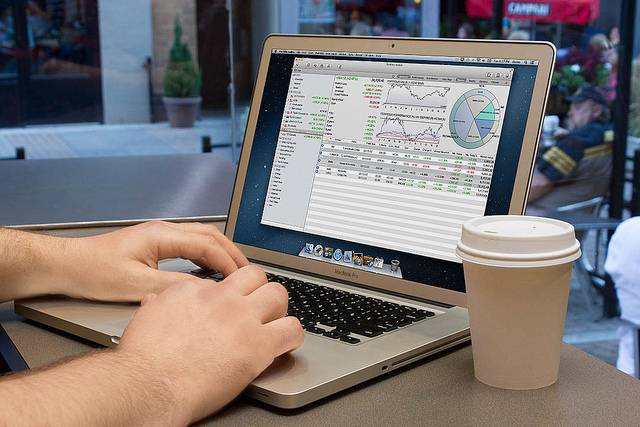
Let’s start by saying that the trading life is not for everyone. In fact, becoming a professional trader is probably not for you. The reality is, very few people have what it takes, both in terms of aptitude, or perseverance. If we haven’t scared you off yet, though, here is some insight into what it takes to trade like a professional.
Learn Technical Analysis
On your path to becoming a trading professional, the first step is to learn about technical analysis – it is the foundation of the trading business. Our friends at Investopedia describe technical analysis like this:
Technical analysis is a trading discipline employed to evaluate investments and identify trading opportunities by analyzing statistical trends gathered from trading activity, such as price movement and volume.
There is a lot that goes into this, so if you’ll need to study up. To get a feel for it, though, here are some tips for beginners.
Learn Fundamental Analysis
Fundamental analysis is the heart of the CFD trading business. Investopedia describes fundamental analysis as this:
Fundamental analysis (FA) is a method of measuring a security’s intrinsic value by examining related economic and financial factors. Fundamental analysts study anything that can affect the security’s value, from macroeconomic factors such as the state of the economy and industry conditions to microeconomic factors like the effectiveness of the company’s management.
Again, there is a lot involved with proper fundamental analysis. Many traders spend their lifetimes studying this stuff, and still can’t figure out how to accurately pick investments based on these factors. If you want to dig in some more with fundamental analysis, though, here are some tips.
Study the market sentiment
After you study technical and fundamental analysis, the next part you need to get a feel for is the market sentiment. This one can be tricky, as many times it can be difficult to fully grasp. Basically you’re trying to understand if traders are going to be bullish (positive) or bearish (negative) in terms of the investment. Ultimately the price of an investment is determined by how much other investors are willing to buy or sell it for. Sometimes market sentiment can be completely illogical as well. Just ask all those fundamental investors about Tesla’s recent stock highs, and then listen to them try to explain that one. Trying to make trades based on market sentiment, or a prediction of future market sentiment, can be high risk/reward. The better use of market sentiment is in relation to an actual analysis. You ideally want to see all these factors pointing in the right direction – that means you might be on to a solid investment.
Conclusion
The path to becoming a successful professional trader is a hard and treacherous one. Many have tried, and many have failed. There is a reason why most people just end up investing in index funds – it’s just easy, and the success rate is fairly safe and known. That being said, if you think you have what it takes, make sure to prepare yourself accordingly – study, study and study some more. At the end of the day your ultimately success will likely come down in some way to luck, but if you’re committed to it, give it a go and see if you have what it takes. Just don’t risk money you can’t afford to lose, and always keep your wits.


